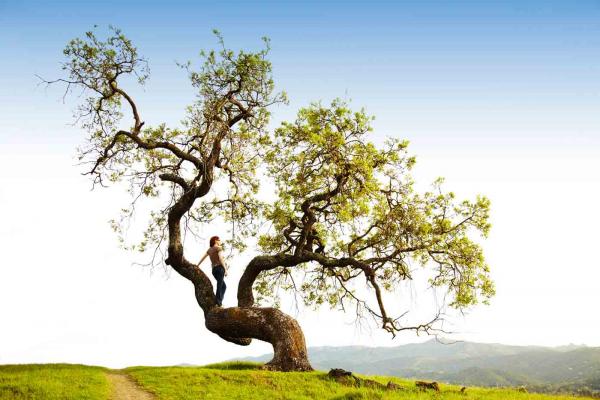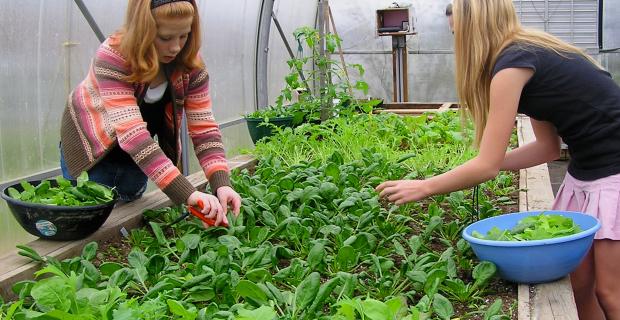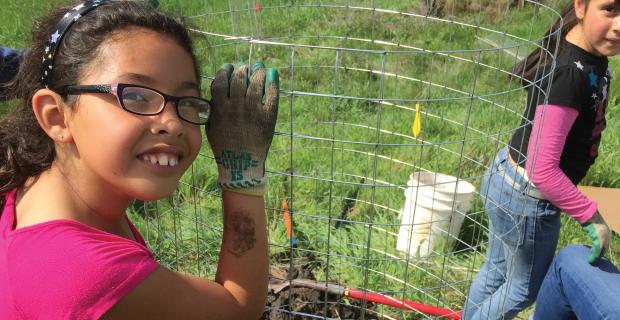Applying Ecological Principles

Creating communities that are compatible with nature's processes for sustaining life requires basic ecological knowledge.
We need, says Center for Ecoliteracy cofounder Fritjof Capra, to teach our children — and our political and corporate leaders — fundamental facts of life:
- Matter cycles continually through the web of life.
- Most of the energy driving the ecological cycles flows from the sun.
- Diversity assures resilience.
- One species' waste is another species' food.
- Life did not take over the planet by combat but by networking (as suggested by Lynn Margulis and Dorion Sagan).
NATURE'S PATTERNS AND PROCESSES
Understanding these facts arises from understanding the patterns and processes by which nature sustains life. In its work with teachers and schools, the Center for Ecoliteracy has identified several of the most important of these. It has helped teachers identify places in the curriculum where students can learn about them.
They include networks, nested systems, cycles, flows, development, and dynamic balance.
Networks
All living things in an ecosystem are interconnected through networks of relationship. They depend on this web of life to survive. For example: In a garden, a network of pollinators promotes genetic diversity; plants, in turn, provide nectar and pollen to the pollinators.
Nested Systems
Nature is made up of systems that are nested within systems. Each individual system is an integrated whole and—at the same time — part of larger systems. Changes within a system can affect the sustainability of the systems that are nested within it as well as the larger systems in which it exists. For example: Cells are nested within organs within organisms within ecosystems.
Cycles
Members of an ecological community depend on the exchange of resources in continual cycles. Cycles within an ecosystem intersect with larger regional and global cycles. For example: Water cycles through a garden and is also part of the global water cycle.
Flows
Each organism needs a continual flow of energy to stay alive. The constant flow of energy from the sun to Earth sustains life and drives most ecological cycles. For example: Energy flows through a food web when a plant converts the sun's energy through photosynthesis, a mouse eats the plant, a snake eats the mouse, and a hawk eats the snake. In each transfer, some energy is lost as heat, requiring an ongoing energy flow into the system.
Development
All life — from individual organisms to species to ecosystems — changes over time. Individuals develop and learn, species adapt and evolve, and organisms in ecosystems coevolve. For example: Hummingbirds and honeysuckle flowers have developed in ways that benefit each other; the hummingbird's color vision and slender bill coincide with the colors and shapes of the flowers.
Dynamic Balance
Ecological communities act as feedback loops, so that the community maintains a relatively steady state that also has continual fluctuations. This dynamic balance provides resiliency in the face of ecosystem change. For example: Ladybugs in a garden eat aphids. When the aphid population falls, some ladybugs die off, which permits the aphid population to rise again, which supports more ladybugs. The populations of the individual species rise and fall, but balance within the system allows them to thrive together.




